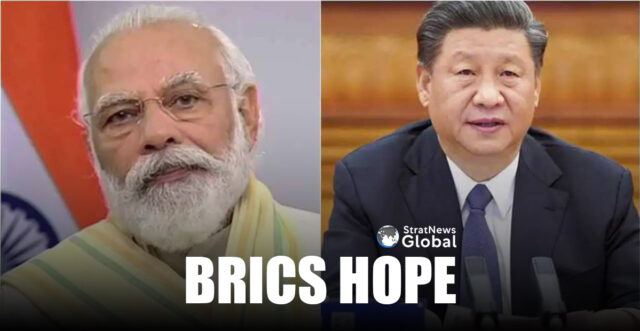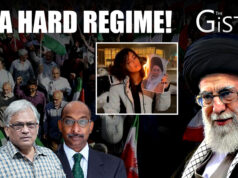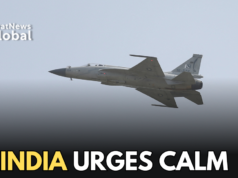Let’s begin this story on Tuesday’s 16th BRICS summit in Kazan, Russia, with a frank admission: for many Indians, the main draw at the summit would be the widely-talked about bilateral between Narendra Modi and Xi Jinping.
At this point, no one is willing to confirm that is going to happen, but if it does, it may well overshadow (for Indians) any and everything else at the summit.
It’s a pointer to how events four years ago (Galwan etc) have pushed the relationship into a deep chill with India insisting that disengagement followed by de-escalation on the Line of Actual Control, is the sine qua non for the relationship to move forward.
China is seen as prevaricating, with its insistence that trade, investment and tourism be opened up. Will a bilateral at the highest political level resolve this? One should know before long.
“The India-China rift also plays out in BRICS,” said a senior former diplomat, “so it is not the united force that the world sees and may at most be nothing more than an economic group with divergent interests of constituent members.”
The BRICS summit underscores India’s robust diplomacy, coinciding with a major military exercise this country is holding with the US, Japan and Australia (directed at China). Modi is also meeting Russian, Chinese and Iranian leaders seen as working to undermine the west (and vice versa).
“India is in both camps working towards its own goals,” the former diplomat pointed out, “BRICS is extending, strengthening and giving credence to India’s vision of a multi-polar world as emerging powers and the Global South now see beyond G7 or G20.”
The 16th summit underscores the challenges before the group. Russia is embroiled in sanctions over the war in Ukraine and China the economic driver in BRICS, is struggling with major macro-economic troubles evident in its real estate sector, collapsing stock market and an unemployment crisis.
Russia is proposing a new payment system for BRICS nations. This will make things easier for trade between India and Russia as well as other BRICS members.
“De-dollarization” is expected to figure on the agenda. Russia and new member Iran, both heavily sanctioned countries, are pushing de-dollarization since they have been removed from the international payments system.
China is hoping the yuan will replace the dollar and India is pushing for more trade in national currencies. But a common BRICS currency is seen as a non-starter and India’s Reserve Bank Governor Shaktikanta Das has described de-dollarization as a “media creation.”
Expect a laundry list of other issues to figure in the deliberations, from the war in Ukraine to deepening commercial links between BRICS members and creating a parallel energy trading system. Also technology cooperation (everything from space to AI).
BRICS has signalled its arrival on the world stage with the intention of seeking change in the Western dominated global governance architecture. But the gap between intention and goals is where the group’s true weight will be determined.
Thirty eight years in journalism, widely travelled, history buff with a preference for Old Monk Rum. Current interest/focus spans China, Technology and Trade. Recent reads: Steven Colls Directorate S and Alexander Frater's Chasing the Monsoon. Netflix/Prime video junkie. Loves animal videos on Facebook. Reluctant tweeter.





